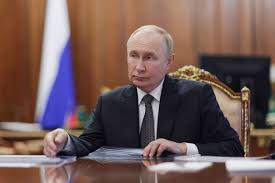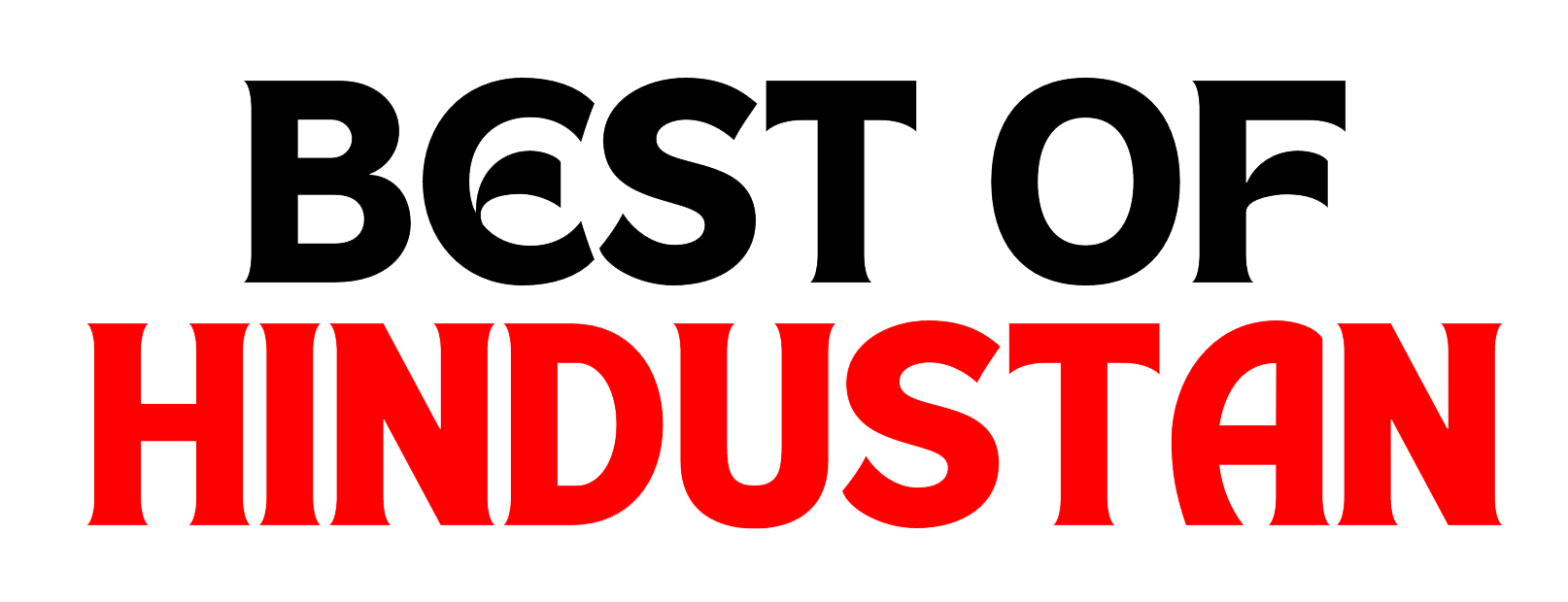
In a surprise move, Russian President Vladimir Putin declared a unilateral 30-hour ceasefire in Ukraine, coinciding with the Orthodox Easter celebrations. The ceasefire, which began on Saturday at 6 p.m. Moscow time, was scheduled to run until midnight on Sunday. Putin announced the temporary halt to hostilities, citing humanitarian concerns and a desire for peace. However, Ukrainian President Volodymyr Zelensky swiftly rejected the proposal, accusing Putin of using human lives as political pawns.
Putin’s statement, made during a televised meeting with Russian military officials, outlined the terms of the truce and called for Ukraine to follow Russia’s example. He ordered a stop to all military activities for the duration of the ceasefire but emphasized that Russian troops would remain on alert, prepared to defend against any violations or provocations by Ukrainian forces.
Despite the announcement, the situation on the ground remained tense. Just an hour before the ceasefire was due to take effect, air raid sirens were heard in Kyiv, signaling ongoing threats from Russian forces. Zelensky dismissed the ceasefire as a mere public relations move and criticized it as “yet another attempt by Putin to play with human lives.” He pointed to continued Russian drone activity over Ukrainian skies as evidence that the ceasefire was not genuine.
Zelensky took to social media to express his doubts about the sincerity of the ceasefire, noting that Ukrainian planes were actively defending against Russian airstrikes. He also highlighted the use of Shahed drones by Russia, which have been deployed to attack Ukrainian cities far from the front lines.
The Russian Defence Ministry maintained that its forces would adhere to the ceasefire, provided Ukraine respected the truce. This move comes amid growing international pressure on both Moscow and Kyiv to de-escalate the conflict. Earlier in the week, U.S. officials expressed frustration with the lack of progress in peace talks, threatening to abandon efforts to broker a settlement unless both sides demonstrated a willingness to negotiate.
The ceasefire announcement follows the recent escalation of violence, including a deadly Russian missile strike on the Ukrainian city of Sumy, which killed at least 35 people and wounded nearly 120. The attack, which targeted civilians preparing for Palm Sunday celebrations, led to widespread condemnation from Kyiv and its European allies, further straining relations with Russia.
Putin’s truce declaration is not the first of its kind. In the past, Russia has proposed temporary ceasefires, including a 36-hour Orthodox Christmas truce in January 2023. However, these pauses in fighting have generally had little impact on the broader conflict, with both sides accusing each other of violations.
Despite the announcement of a ceasefire, there was some positive news on the humanitarian front. Both Russia and Ukraine confirmed a successful swap of prisoners of war, with 246 prisoners released by each side, alongside an additional exchange of injured soldiers. The swap, mediated by the United Arab Emirates, is seen as a rare breakthrough in the ongoing war.
As the war in Ukraine enters its third year, the death toll continues to rise, and the conflict has displaced millions of civilians. While Putin has repeatedly expressed a desire for peace, he continues to demand that Ukraine cede territories he claims to have annexed and remain permanently neutral, a condition Kyiv rejects outright.
As both sides brace for the continuation of hostilities, international diplomatic efforts continue, with the U.S., China, and other global powers seeking ways to bring about a peaceful resolution to the crisis. However, with the terms of any potential settlement far apart, the path to peace remains uncertain.
Sources By Agencies


